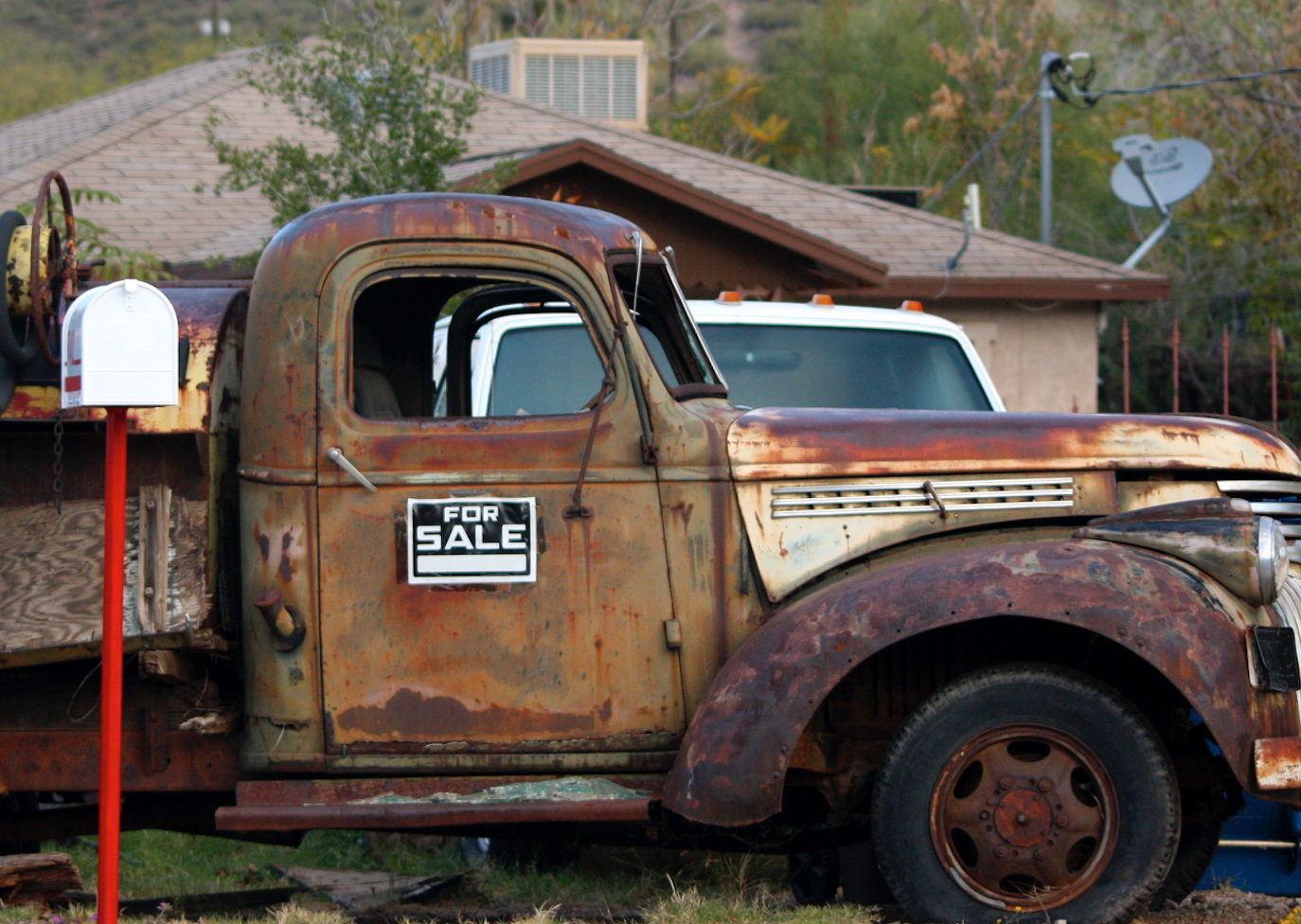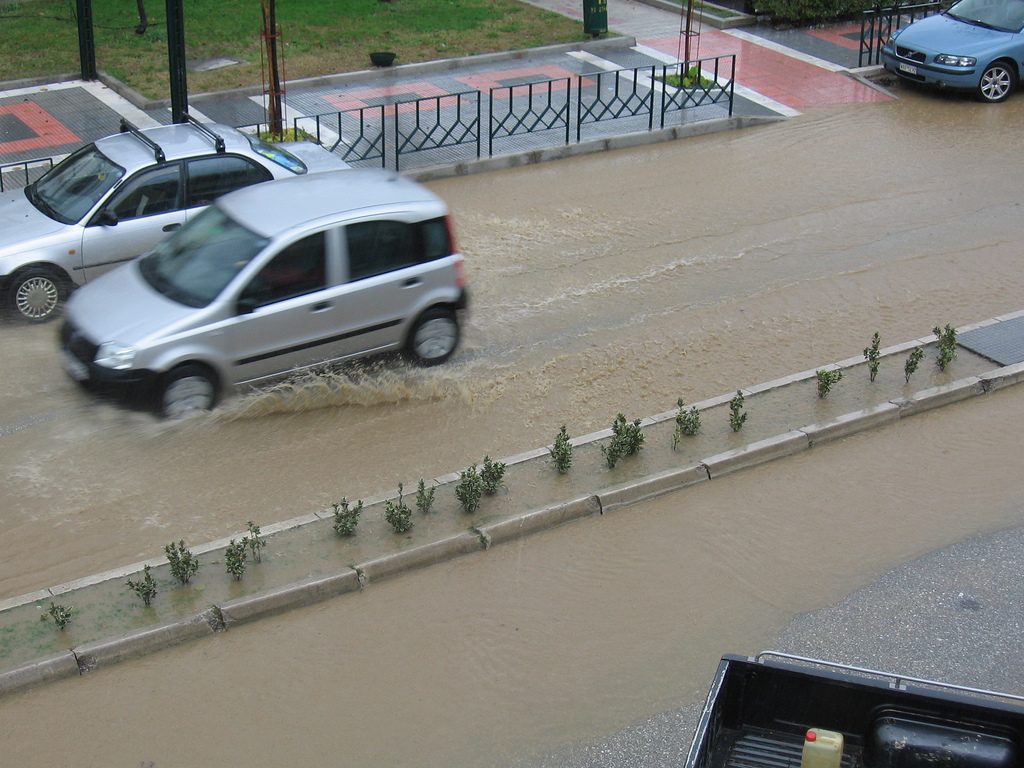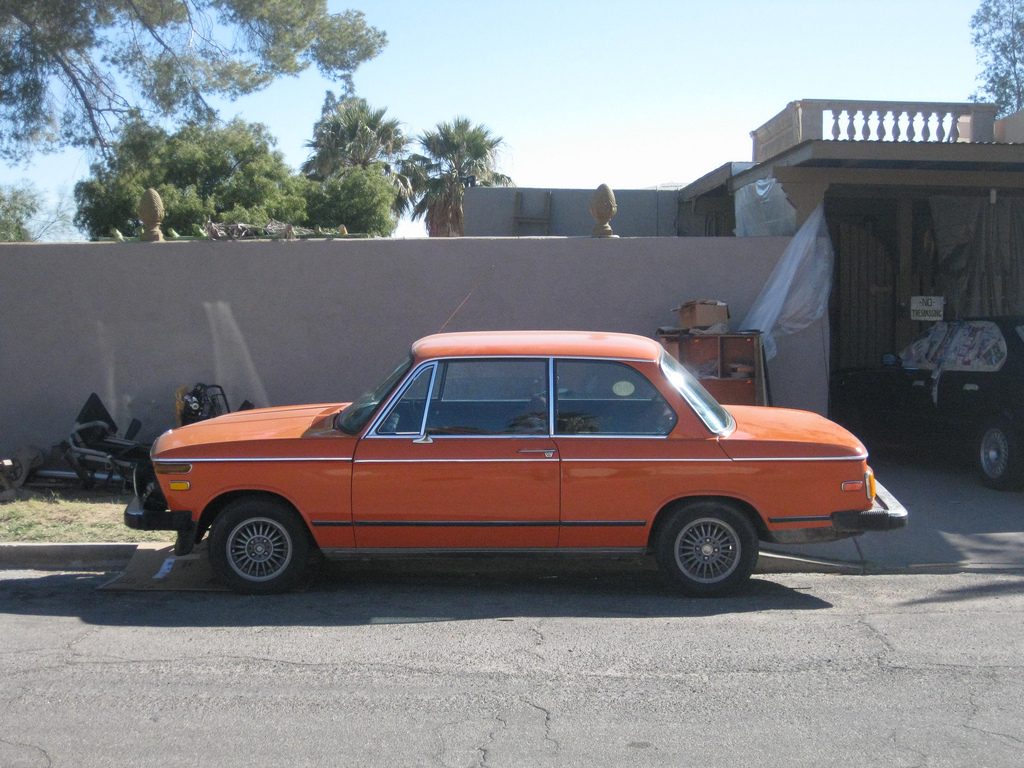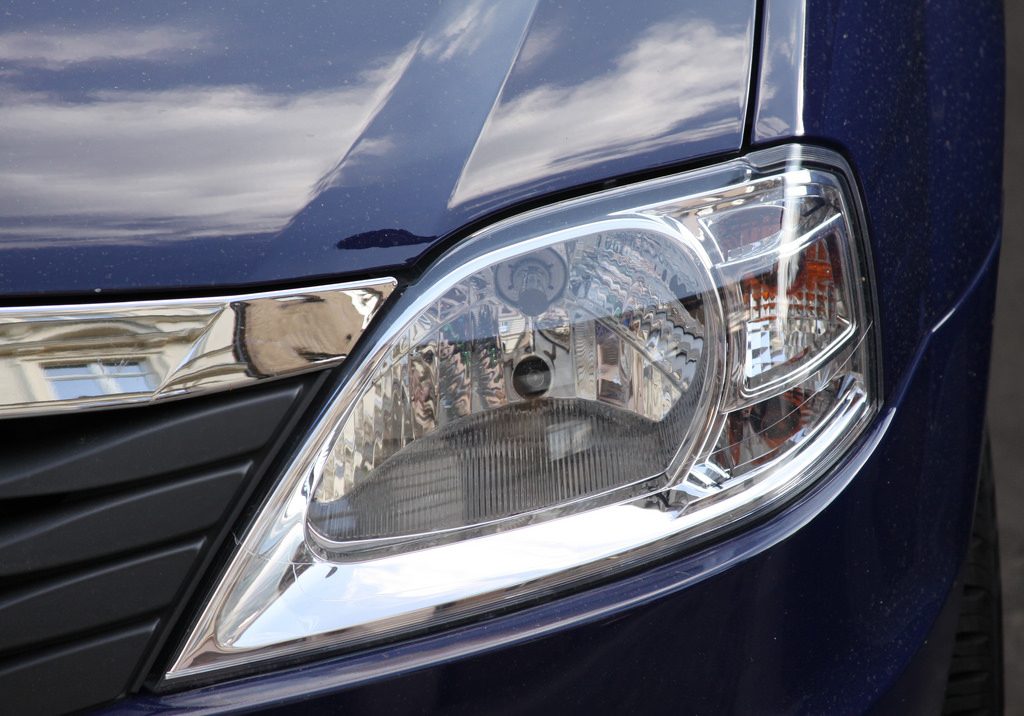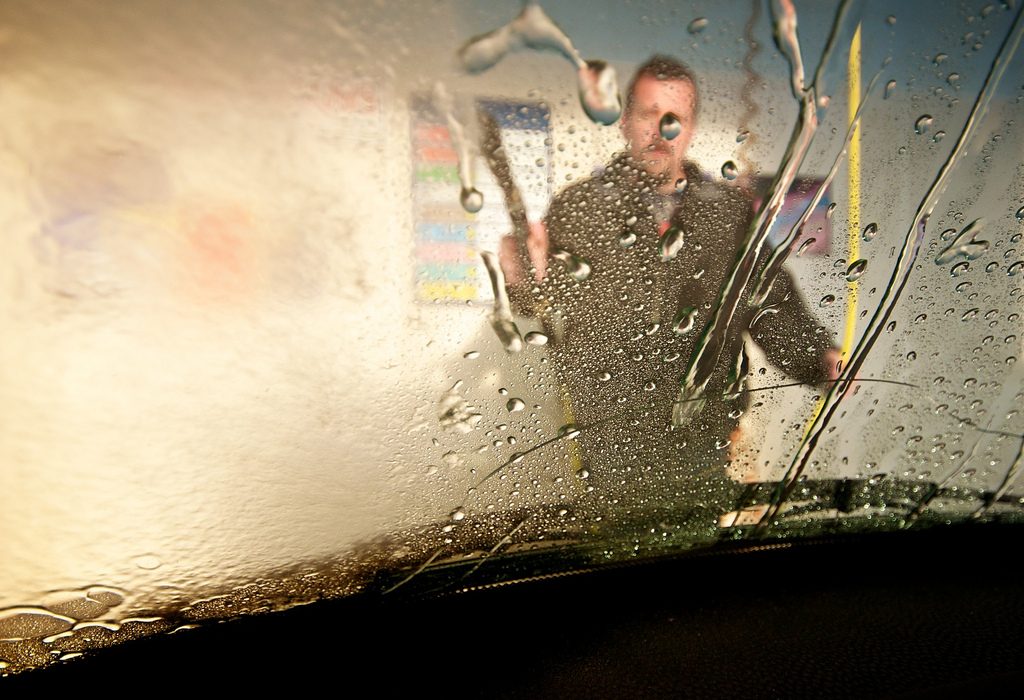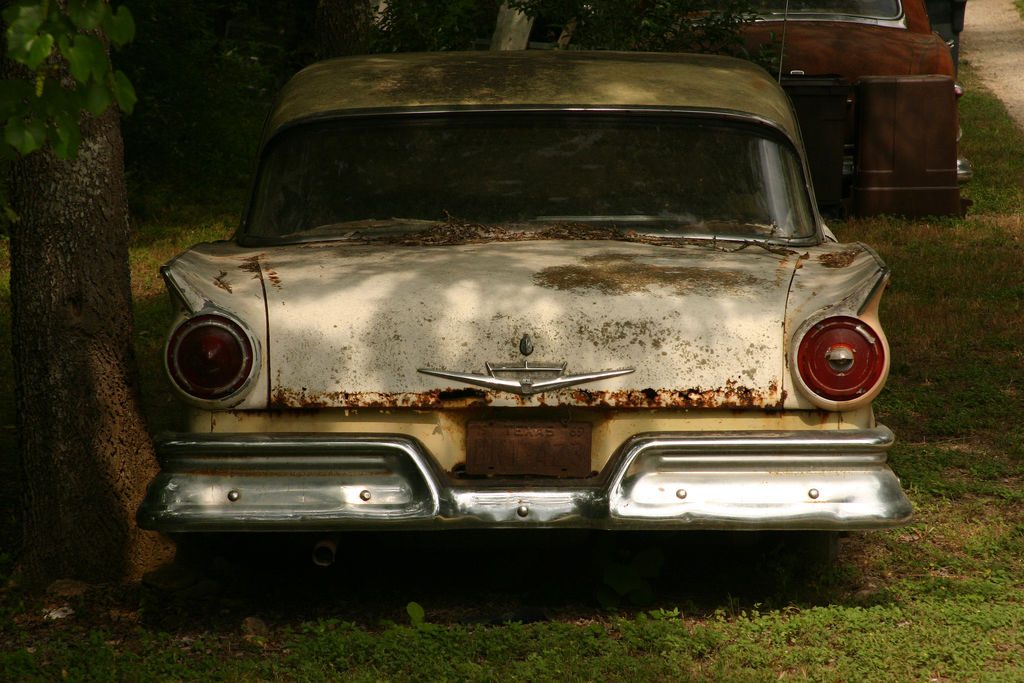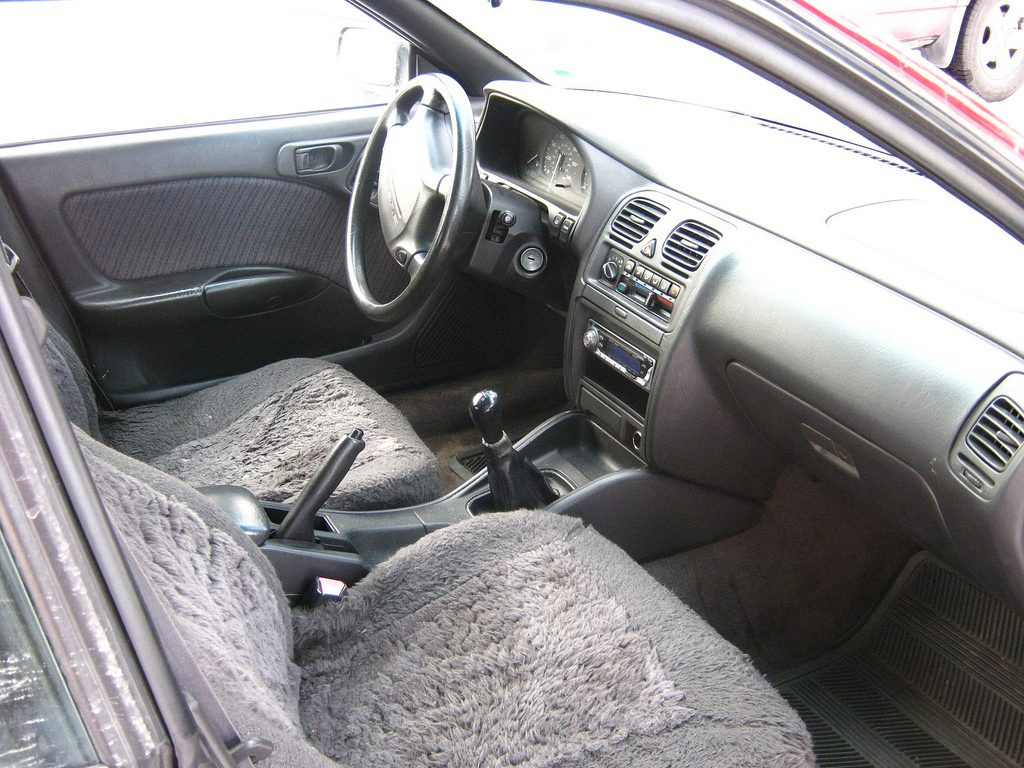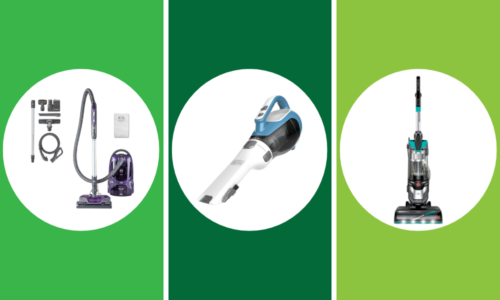If you’re in the market for a used car, there are a few obvious things to check out: How new are the tires? Has the car undergone regular maintenance? What about the brakes?
But you should also be on the lookout for something else, which might be less obvious: flood damage.
Unfortunately, cars are not immune to damage caused by hurricanes and other major storms, especially along the Gulf Coast. Though they’re water-damaged, many of these cars make it to the regular used-car market, often thousands of miles away.
They’re supposed to be given a new salvage title, which signals to a prospective buyer that the car has been totaled, however, some of these flood-ravaged cars are camouflaged with “clean” titles.
Consumer Reports has a few tips so that you don’t accidentally end up with a water-logged car.
1. Do Your Research
Check the National Motor Vehicle Title Information System, which aims to crack down on “title washing.”
2. Check The History
Carfax offers a free flood damage check, which can show you the possibility of flood damage for a car based on the location of past flooding.
3. Inspect The Carpets
Because these tools aren’t foolproof, inspect the car’s carpets for a musty smell or caked-on mud. New carpets in an older car may also be a warning sign.
4. Inspect The Lights
Check the headlights and taillights, which are expensive to replace. You may still be able to see a water line on the lens or the reflector.
5. Inspect The Hard-To-Clean Places
Look in hard-to-clean places, such as gaps between panels in the trunk or under the hood. Though someone may have tried their hardest to scrub away mud and debris, they may have missed some.
6. Look At The Heads
Inspect any unpainted or exposed screws for rust.
7. Check The Rubber Drain Plugs
See if seat-mounting screws or the rubber drain plugs under the car have been removed recently. To dry carpets, the seats must be removed, so that may be a giveaway. Similarly, the rubber drain plugs may have been removed to drain floodwater.

